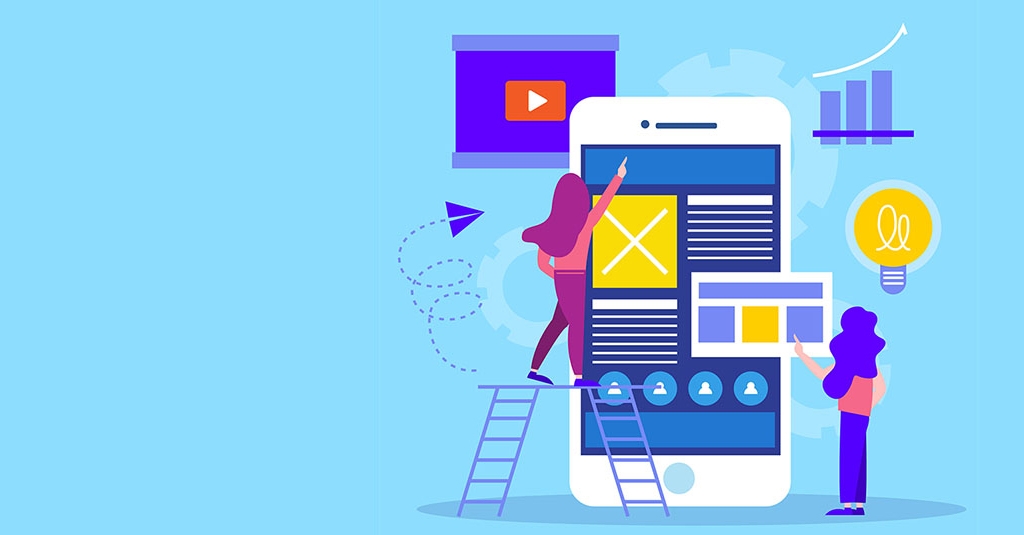The ever-changing scope of mobile technologies has enabled modern workforce to collaborate anytime and anywhere. Today, majority of L&D professionals leverage the use of personalized mobile devices to make learning more accessible, self-paced and engaging. There are several reasons for enterprises to reassess traditional classroom training approach. With the evolving business conditions and trend of must-have smart phones in the hands have led to improved scope of mobile learning.
Exploring Significant Steps for Successful Mobile Content Delivery Over the last few years, mobile learning has matured enough to become mainstream for corporate training strategy, adopted for both formal and informal learning experience. With an increasing demand to access bite-sized content, the use of personalized mobile devices has also improved.
Some of the essential features of mobile learning include ease to access courses anytime & anywhere, multi-device support (laptops, smartphones, tablets, etc.), use of efficient Performance Support tools and more. A highly engaging mobile learning strategy helps to meet diverse training needs such as compliance, onboarding, sales, soft skills and more.
The trend to provide personalized learning experience will evolve in the next few years with the help of tablets and smartphones. Latest mobile technology innovations help new-age learners to build customized solutions. The latest mobile apps are used to provide quizzes, create reminders and assessments to cater the personalized learning needs. A perfect combination of course accessibility and technological advancements has paved the way, learning is tailored as per individual needs. Today, organizations take m-learning initiatives for target audience which includes sales personnel to improve overall business impact. Let us discuss the five crucial steps followed to effective mobile learning delivery:
1. Planning Organizations first identify varied business objectives to determine how mobile content delivery will improve the learning uptake. They focus on custom learning needs aligned to different organizational metrics. For instance, mobile learning can be utilized to boost classroom learning as well as e-learning experiences, to impart the right information at the right time. Thus mobile learning content can be an extension of classroom or e-learning approach – reducing time and effort in terms of content conceptualization as well as development.
2. Technology Implementation This step involves the selection of the right kind of mobile device to support learning on-the-go and specific business initiatives. Also, it is important to restrict this activity to the mobile devices used within the organization, to avoid unnecessary expenses.
3. Effective Course Delivery Short content nuggets when delivered via mobile devices are easy to create, quick to access and repurpose from existing information sources. Effective instructional design theories are applied to design mobile content which is successfully deployed across multiple mobile devices for better retention and collaboration.
4. Support in terms of content quality for learners, help desk and administration help, to build a successful m-learning initiative. This extensive support helps to maintain the efficiency of content, providing incredible access to experts for answering questions when things change.
5. Measure effective corporate training strategy depends on successes as well as failures to provide the best courses to the learners. So, the measurements should be aligned with diverse business objectives including reducing costs, growing profits and more. Also, the number of times users sign in to access training via mobile device also measures the effectiveness of the overall mobile learning initiative. Today, organizations aim to measure and improve the efficiency of learners by providing highly engaging content at the point of need.
Mobile learning is happening everywhere, across varied industry domains and in small as well as big enterprises. Organizations that have recognized the real potential of m-learning will certainly stay ahead of the curve. Their competitive success will then take many forms from skilled workforce to fruitful customer relationships and engaged learners.








